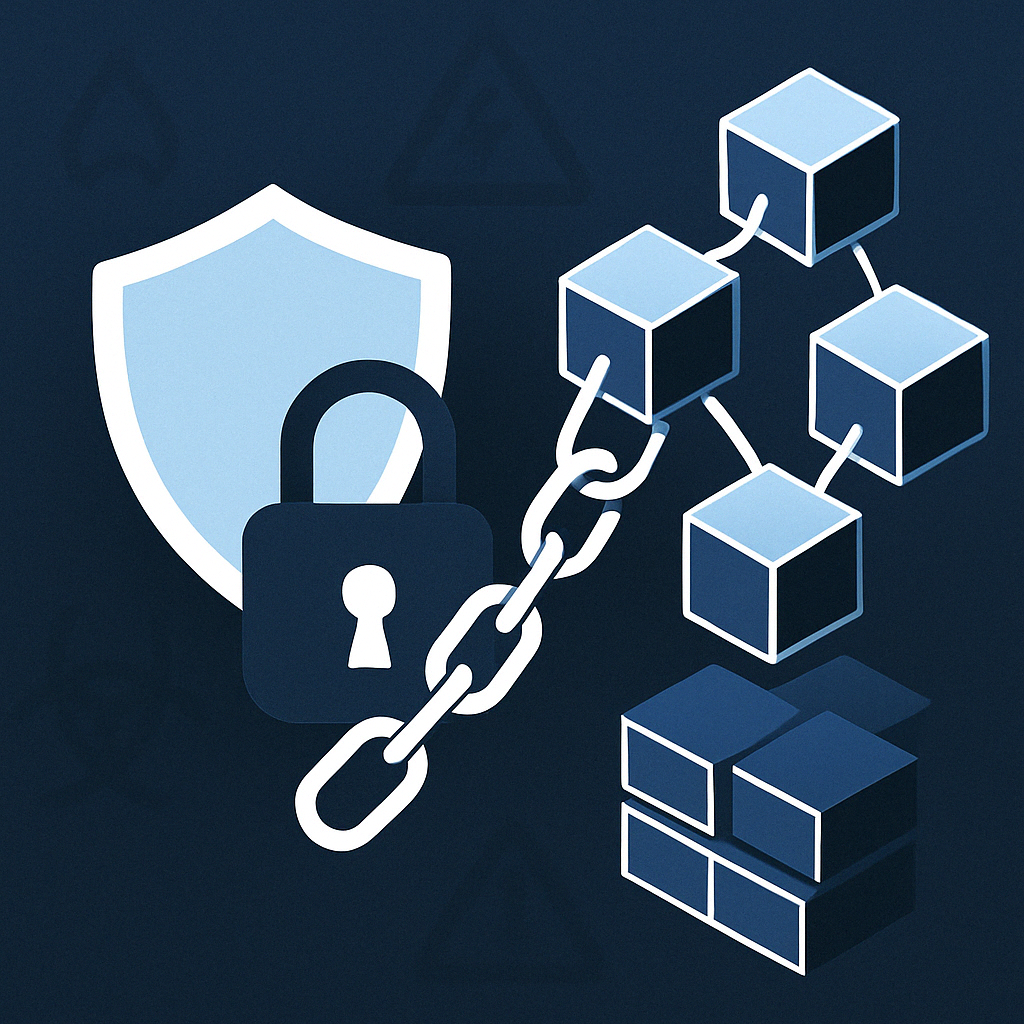What Is Blockchain Security? Threats, Solutions & Best Practices in 2025

As we enter 2025, the importance of blockchain security has moved beyond optional — it’s become foundational. Protocols are no longer judged just by speed or scalability, but by resilience. When users trust your code with their assets, security is your brand.
From DeFi to gaming to zero-knowledge infrastructure, Web3 projects are under constant scrutiny — not only by users, but by attackers looking for the next exploit. In this guide, we break down what blockchain security truly means in 2025, the most common threats, and actionable best practices. If you’re building or maintaining a protocol, this is for you.
What Is Blockchain Security?
Blockchain security is a multidimensional discipline focused on protecting distributed systems from compromise. It spans across:
- Smart contract integrity
- Private key management
- Bridge and cross-chain logic
- Governance structures
- Consensus mechanism stability
Did you know? A single unchecked external call in a smart contract can cost millions. Prevention is cheaper than recovery.
Top Blockchain Threats in 2025
- Smart Contract Exploits: Bugs like reentrancy or unchecked external calls continue to drain millions despite increased audit coverage.
- Bridge Vulnerabilities: Still the #1 vector for multi-chain projects. Complex code, centralized relayers, and oracle logic flaws create massive attack surfaces.
- Phishing & Social Engineering: With deepfake tooling and malicious browser extensions, key signers and DAO operators are often targeted.
- Governance Manipulation: Flash loan attacks and sybil-style voting distort token-weighted outcomes in DAOs and protocols alike.
- Economic Exploits: Flash loans, MEV abuse, oracle mispricing, and protocol-level manipulation aren’t always code bugs — but they are security risks.
Best Practices for 2025
Security isn’t a one-time checklist. It’s an ongoing process. Here’s what we recommend — and implement — at Security4Web3:
- Audit Smart Contracts Before Every Upgrade: Don’t rely solely on tooling. Our full-stack audits combine fuzzing, formal analysis, and manual testing.
- Integrate Real-Time Monitoring: Catch protocol drifts, wallet anomalies, and MEV behavior as they happen — not after a breach.
- Use Multi-Sig or MPC Key Custody: Prevent single points of failure. For high-value DAO treasuries or L1 validators, this is non-negotiable.
- Model Game Theory & Governance: We simulate attack scenarios on token distribution and voting mechanisms to prevent governance takeovers.
- Red Team Testing: Simulated adversarial engagements reveal what audits can’t. How would you defend against a rogue core dev or compromised RPC provider?
Case Studies: Hacks That Shaped Web3
Since 2022, more than $6 billion has been lost across smart contract exploits, bridge hacks, and oracle failures. A few examples:
- Ronin Network: $620M drained via validator key compromise.
- Wormhole: $326M due to missing signature checks in bridge logic.
- Euler Finance: $197M from a multi-call flash loan exploit.
- BonqDAO: $120M through manipulated oracles and minting inflation.
In each case, early red teaming, auditing, or decentralized validator design could have mitigated the outcome. This is where proactive security becomes your best investment.
How Security4Web3 Can Help
Security4Web3 offers a full lifecycle of security services for Web3 ecosystems:
- Audits — from Solidity, Cairo, and Move to L2 rollup contracts
- Threat modeling & economic simulations
- Post-exploit forensics & darknet attribution
- Validator node security and infrastructure hardening
- Confidential consulting for founders, DAOs, and investors
Need a second set of eyes on your code? Reach out to our team for a confidential audit or architectural review.
Security is your moat. In a space where exploits can cost millions and reputations are made or lost overnight, it’s not enough to ship fast. You have to ship safe. That’s where we come in.
